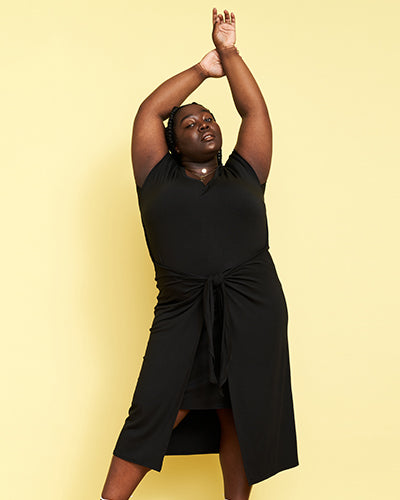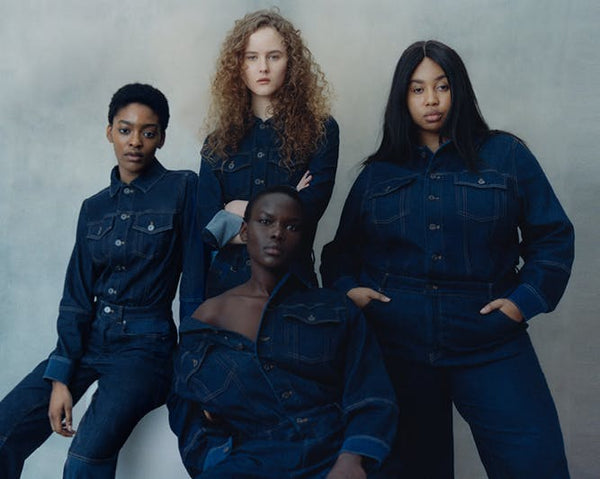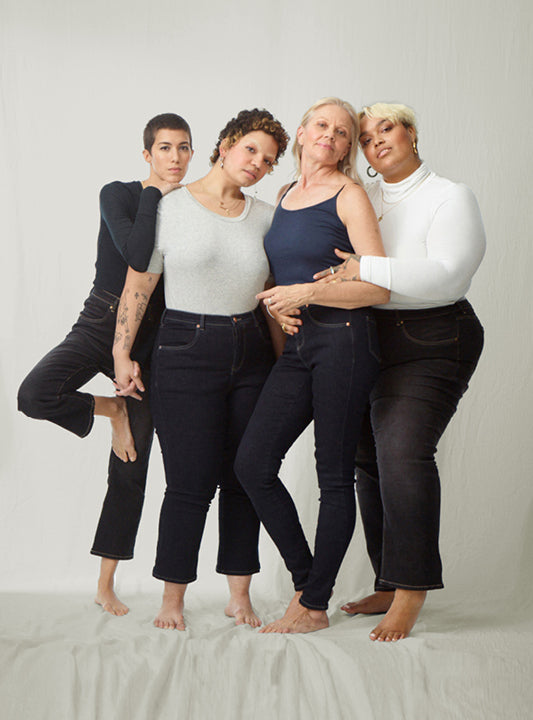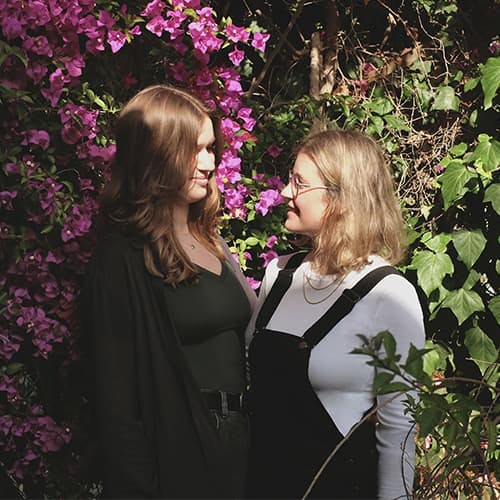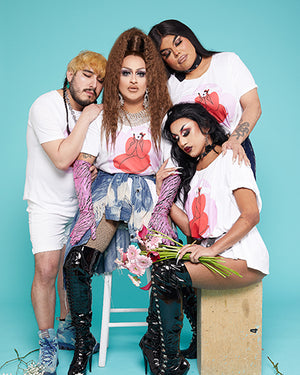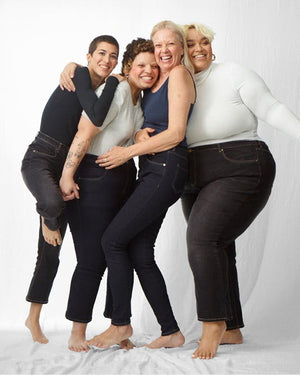
If Your Top Costs as Much as a Sandwich…
There’s a Problem.
“Every time you spend money, you’re casting a vote for the kind of world you want.” ― Anna Lappé
While sitting on a panel about plus size fashion for the CFDA (The Council of Fashion Designers of America), I was asked why more brands aren’t entering the plus size space. After all, over 67% of American women wear a size 14 or above, yet only a handful of brands make clothing they can wear - and out of that handful, even fewer make modern, quality clothing that wouldn’t be considered semi-disposable fast-fashion. If you’re doing the math, something isn’t adding up.
Aside from the very real barriers to entry, including the cost of making a size 28 garment compared to that of a size 2 garment, as well as the lack of infrastructure and manufacturing know-how from the production side, it’s difficult for brands to sway plus size shoppers from the $19.99 price point they’ve become so used to. As a result, the options narrow, and fast-fashion mega brands become the default. And when you take a step back to look more broadly at the industry as a whole, and see the number of fast fashion options in the straight-size space compared to the massive number in the plus size space, one question comes to mind: why?
What came first - the chicken or the cheap clothes?
Do consumers share in the responsibility for the lack of options available to them? Or, does the onus lie with designers and manufacturers alone? Season after season, women in the double digit size range have been presented with the same peplum tops in polyester florals, ruffled A-line dresses, tees with bedazzled sayings, and pants that just fit, and are therefore considered “good enough.” These options tend to reflect the trends-of-the-moment and become disposable in both style and quality within a few wears. To pose the question in a familiar way, “is this really what women want?”
There is a tendency to talk about the plus-size shopper as a singular entity - as if there’s just one type of woman, with one preference, and one sartorial aesthetic. But knowing that we’re talking about some 100 million women, we have to acknowledge a considerable variance. Within the 67% there’s a huge range of diversity in shape, style, socio-economic status, and of course, wants and needs. Yet this range is vastly underrepresented. Even from a price perspective, the plus-size apparel world is a binary one. Consumers are forced to choose between very expensive luxury brands, or fast fashion brands that may seem appealing from a cost-saving perspective, but come with their own set of negative implications.
When a handful of fast-fashion mega brands control the market, with their deep pockets and super high production minimums, breaking the cycle seem impossible - but it’s important to consciously take a step back to consider the implications of this system. For every $9.99 top we buy, somewhere along the way, someone is paying a much bigger price.
The human cost...
The emerging fashion industry landscape has undeniably shifted in favor of socially conscious brands. TOMS matches every pair of shoes sold with a new pair for a child in need; Warby Parker gives away a set of glasses for every one they sell; Everlane champions radical transparency in their pursuit of ethical factory practices. We’ve entered the age of the ‘conscious consumer’, and it’s for the better.
Yes, fashion is important. It’s the armor we wear into the world every day - the first presentation of ourselves to the world. After all, my cofounder and I started a fashion company because we believe that every woman has the right to a high level of personal style. But it can’t come at the cost of other people, or the little bit of environment we have left. It’s shocking to consider that behind every $9.99 top is a factory worker barely making a living wage in dangerous conditions, or that once that top becomes unwearable after a few washes, it ends up in a landfill contributing to the millions of wasted garments thrown out yearly. Many people don’t realize the fashion industry is second only to the oil industry in terms of pollution and environmental cost.
The answer has to be collective consciousness. It is our responsibility as both consumers and creators to take on better practices that support the world we live in instead of letting money, convenience, or ambivalence get the better of us. It’s not going to happen overnight, but I’d like to pose a challenge… Become more informed, buy less - choose well, invest in quality, and demand to know the real cost of that $9.99 top.
By Alex Waldman
Cofounder & CCO
